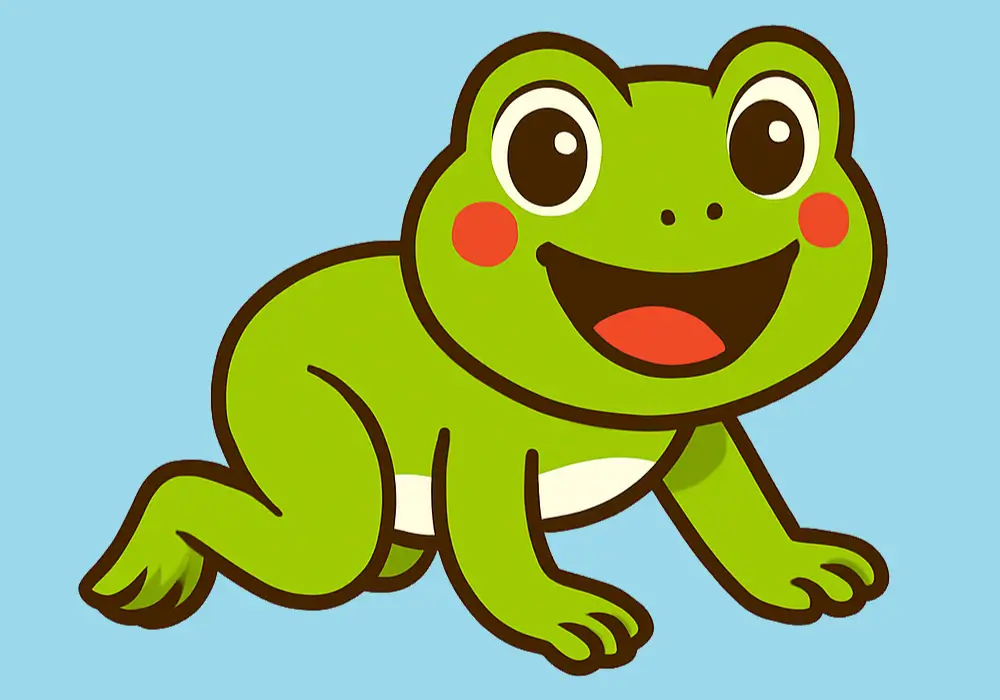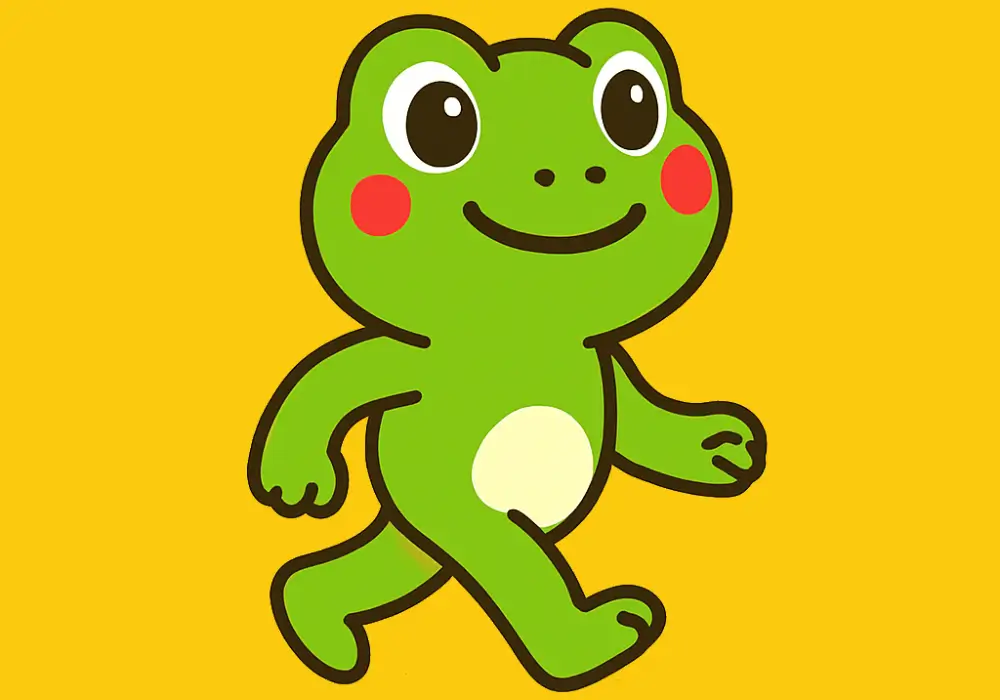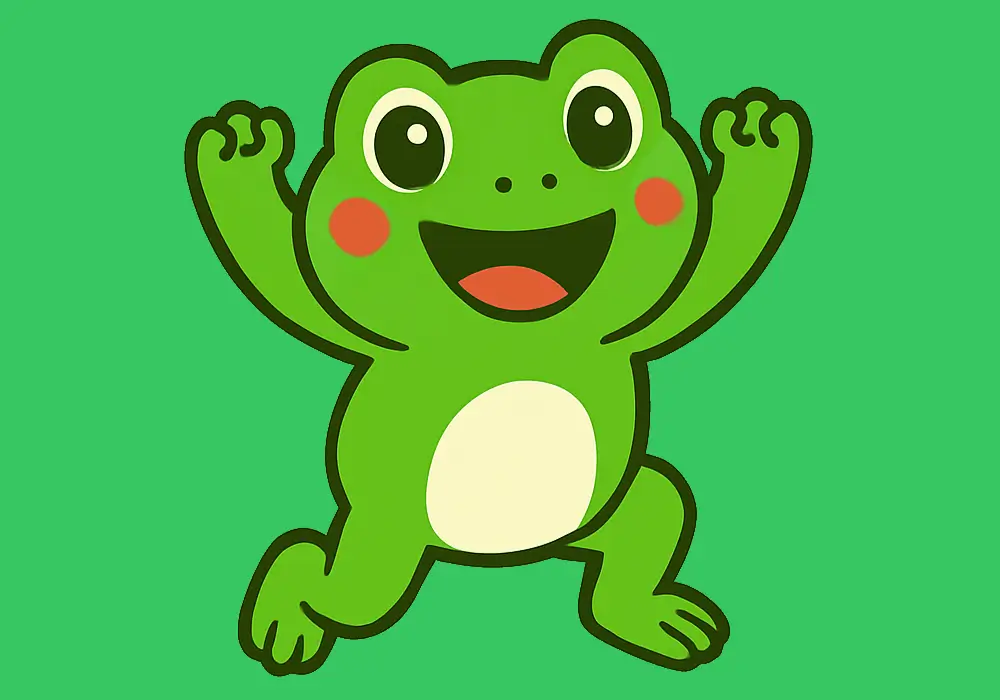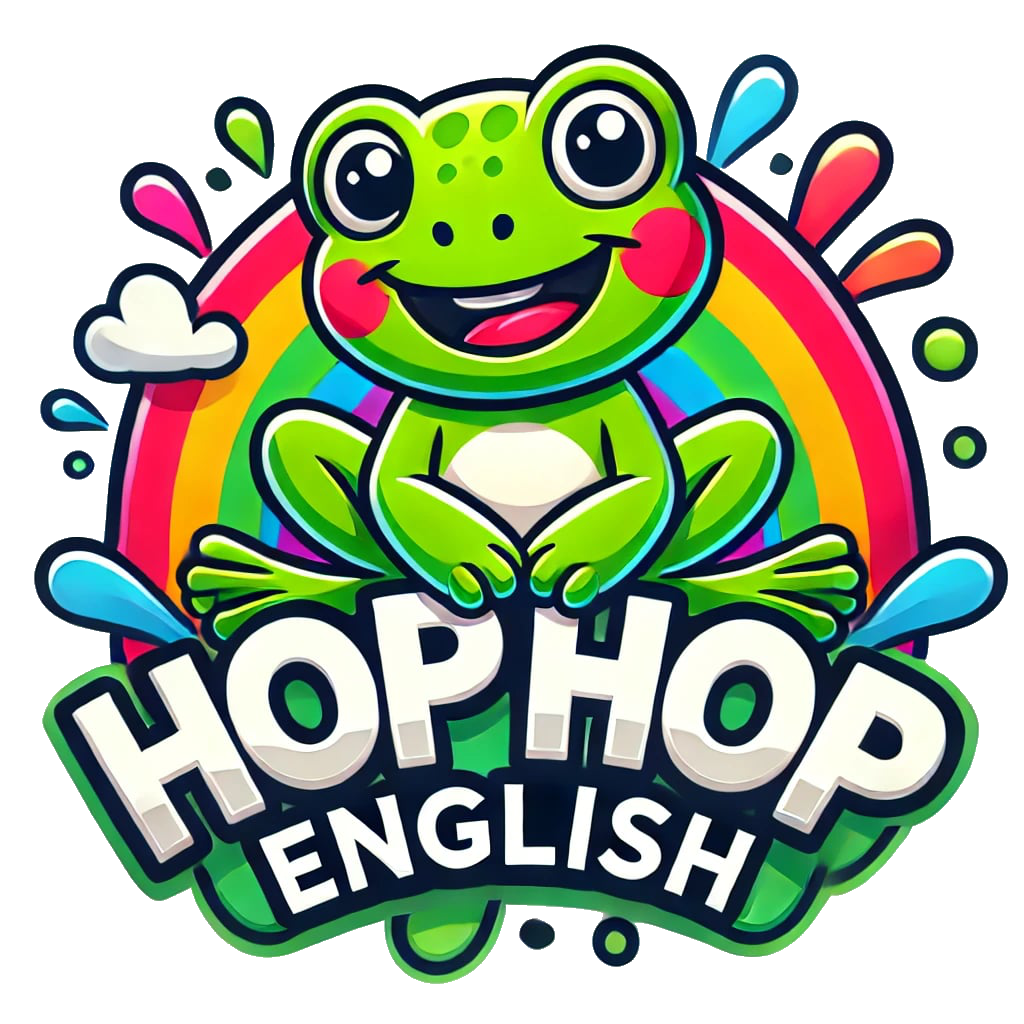Hop Hop English - Where Movement and English Go Hand in Hand
- Jumping, running, climbing, and gymnastics – all to develop motor skills, including an introduction to basic gymnastics elements
- Creating obstacle courses – children will creatively collaborate and build their own challenges
- Playful English learning – practicing letters, numbers, and other vocabulary through games and puzzles
- Smiles and lots of fun – every child will leave not only with new experiences but also with a special reward!
Exercise sessions with babies and children take place in Prague 5. The address can be found in the contacts.
Why learn a foreign language at an early age?
Children are like sponges
Children who are exposed to a foreign language from an early age have a significantly higher chance of acquiring natural pronunciation and speech rhythm. (Harvard University study)
Language sensitivity
Children growing up in a multilingual environment often have better memory, concentration, and problem-solving skills. Their sensitivity to language structures increases, which often leads to improvement even in their mother tongue. (Bialystok, 2001)
Benefits of bilingualism
Bilingual children develop stronger skills in planning, organization, and decision-making. (Giovannoli, J. et al., 2020)
Learning through play and naturally
When introduced early, language becomes a natural part of a child’s world and fosters a positive attitude toward languages in the future.
Age Groups

Crawling Tadpoles
6–15 months
Babies who are crawling, standing up, and trying their first steps with support.
More information
Walking Frogs
15 months – 2 years
Toddlers who are starting to walk independently, gaining more stability, then speeding up and beginning to run.
More information
Jumping Froggies
2–3 years
Children who are already running, jumping, and are more active.
More information